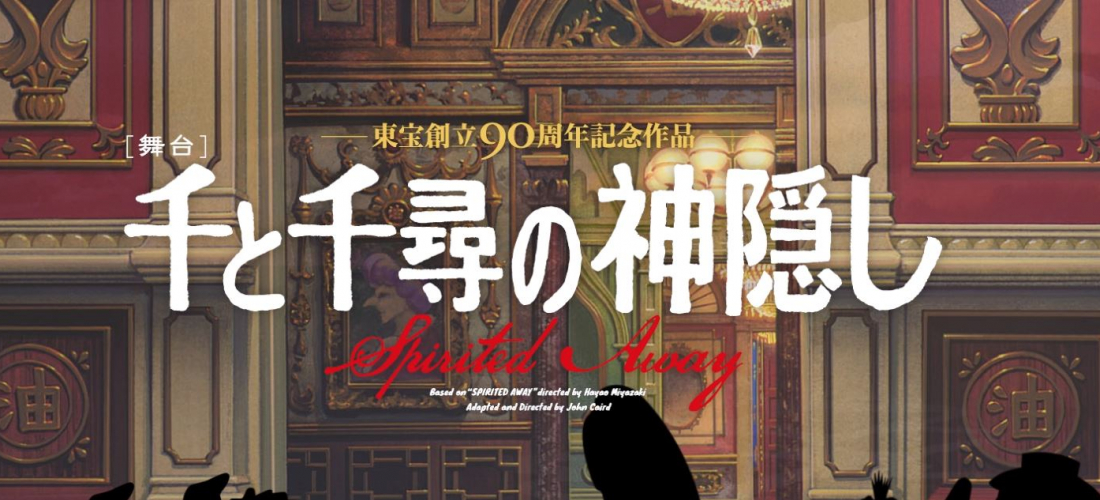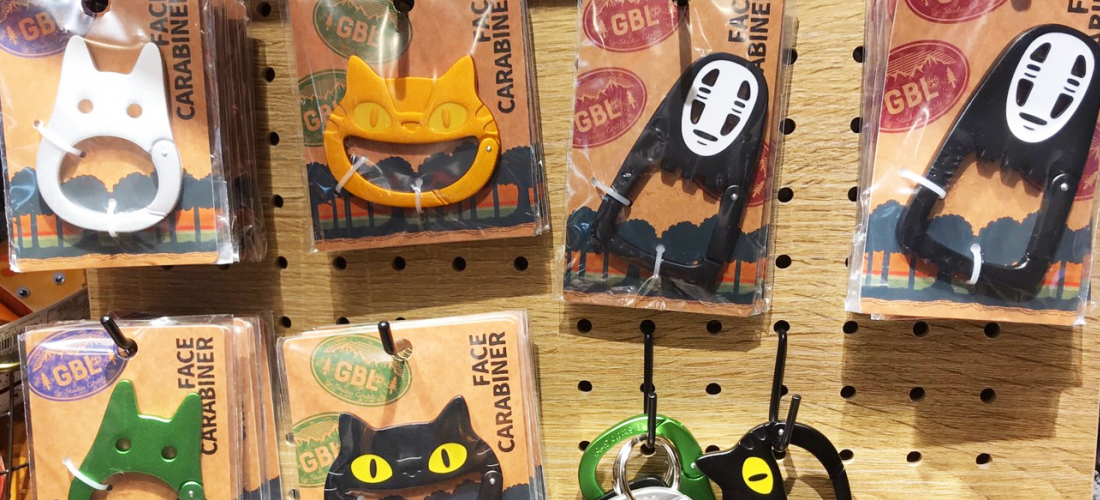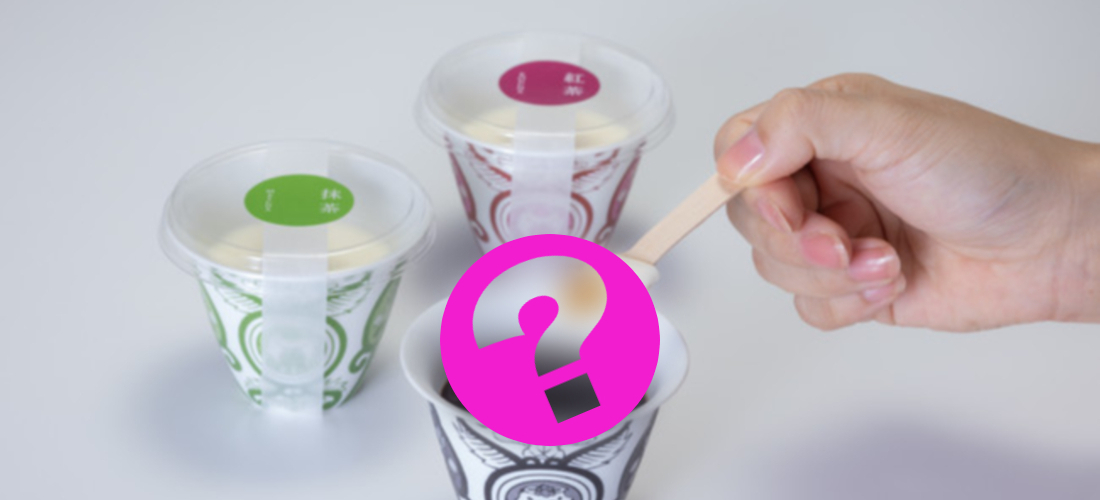Ever taken the Yamanote Line? Tokyo’s most beloved train has now become Tokyo’s most beloved idol project. See the stations sing and dance!
If you’ve ever been to Tokyo, chances are you've spent some time on the JR Yamanote Line, the train line that circles central Tokyo and brings endless waves of passengers to their jobs, schools, and other destinations of all kinds, each and every day. But while riding that busy Tokyo train, with its bright green signage and humdrum interiors, did you ever think of turning it into a team of male idols? A group of train-themed pretty boy pop singers and entertainers?
You probably thought nothing of the sort, but the people at AAO Project, made of three Japanese production companies, well they sure did. Officially partnering with JR East—the eastern section of Japan Railways—the AAO Project has created the Yamanote-Line-themed idol project “Station Idol Latch!,” a group of 30 fictional, animated idols, here to steal your heart with plans for an anime, manga, games, novelizations, music releases, concerts, idol events, and much more. All of this starting with a weekly voice drama, which will start streaming (along with its new theme song) on their YouTube channel on June 3rd, featuring a handful of popular voice actors (with many more to come). It’s a lot!
So, who are these animated male idols? The Station Idol Latch! group is made of 30 characters, one for each of the 30 stations on the Yamanote Line. Not only is each of the idols designed to reflect his own particular train station, but in the fiction of the project, the characters also have day jobs as train station attendants, spending their working ours in their plain old station uniforms before transforming into a flamboyant group of singing, dancing idols after hours. Because the Yamanote Line travels through a wide variety of Tokyo neighborhoods, the characters are also made to reflect that with a diversity of styles, hobbies, and backgrounds. So, who are these beautiful boys? Let me introduce you to a few of the idols representing some of Tokyo’s most famous train stations, along with a couple unique characters who hail from stations you might have never stepped foot in!
Tokyo Station ・ Rion Shoji (東海林鈴音)
Voice Actor: Kensho Ono (Jojo's Bizarre Adventure, Kuroko's Basketball)
Rion Shoji looks awfully blond-hair/blue-eyed to represent Tokyo Station, but his profile says he’s the “Face of Latch!,” and the official “leader of the group.” As an idol, the character's personality and performances are so overwhelmingly majestic and impressive that people think of him as the “emperor” of the group, but keeping up that image apparently gives Rion terrible anxiety and stomach pains. Surprisingly dark for a fictional idol. On the other hand, his hobby is apparently going to different supermarkets, so Rion sounds like a complicated guy.
Harajuku Station ・ Kyuto Takeshita (竹下宮斗)
Voice Actor: TBA
Kyuto’s colorful Harajuku-style idol outfit might be the first thing you notice, but like many of the members, his name is a not-so-subtle reference to his own part of Tokyo as well. "Kyuto" is, well, definitely supposed to sound like the English word “cute,” which is all too appropriate for the kawaii-obsessed Harajuku neighborhood, and the idol’s last name “Takeshita” is also the name of the popular, crowded Harajuku shopping street that many people associate closely with the unique culture of the area. The character has a charming backstory too: coming from a family connected to Shinto shrines, Kyuto respects those Japanese traditions despite being a total Harajuku kid, and hopes to build bridges between Tokyo and his hometown to help to bring traditional Japanese culture back to the people of the big city. You can actually see that while the character's colorful jacket totally works with the Harajuku theme, the print looks like it could be traditional Japanese hanafuda cards.
Big dreams!
Akihabara Station ・ Yusei Raiden (雷電遊生)
Voice Actor: TBA
In his uniform, he kind of just looks like any real-life station attendant, but in “idol mode” Yusei’s got that otaku vibe, complete with the uchiwa fan and glowing stick lights you’d expect from any idol otaku. The hobbies and likes in his profile appear to reflect his Akihabara theming—retro games, VR experiences, sleep, food—but he turns out to be a bit of an oddball. I guess that’s appropriate for Akihabara, too. In fact, because the character is said to get sleepy even in the lively Akihabara neighborhood, his profile describes him as being “like a bear,” and they add that at first glance Yusei only seems to be interested in pursuing basic desires: food, sleep, and “love.” Interesting choice for an idol.
Ueno Station ・ Yo Ameya (飴屋楊)
Voice Actor: TBA
This character is described as “an eccentric oddball from a family connected to the arts,” which makes sense when you consider that many people get off the train in Ueno to visit the museums scattered in and around Ueno Park. Yo apparently spends his free time in the Ueno museums and at Ueno Zoo, animal watching and people watching, but really, I’m most entertained by this character’s name. Another obvious reference, the name (particularly when called “Ameya Yo” as you would in Japan) sounds all too similar to “Ameya Yokocho,” a popular shopping street running south of Ueno Station.
Shinjuku Station ・ Yuki Shindo (神堂唯姫)
Shinjuku Station is a sprawling, maze-like complex under and overground, connecting what seems like a million train lines and a million little corners of the busy, lively Shinjuku neighborhood. The Shinjuku Station idol Yuki Shindo is a conceited, "doll-faced," cold-hearted pretty boy who apparently likes his alone time, doesn't like mistakes, and can’t hold his liquor. Probably not what I would have guessed for Shinjuku, a lively center for business, shopping, culture, food, and just about everything else… But maybe this ruthless perfectionist is how Tokyoites really see Shinjuku?
Okachimachi Station ・ Mario Takara (高良摩利央)
Voice Actor: TBA
Moving on to a less famous station: nestled between Ueno and Akihabara, Okachimachi Station doesn’t draw a lot of travelers, but in the universe of Latch!, it is where you’ll find this flashy young train station employee with inexplicable Rum Tim Tugger vibes. The character's profile says that Mario was born into a family of new money, giving him a love of flashy extravagance and a naive, pure heart. Basically, he acts like a kid and really loves cash, plus his name “Takara” sounds like the word for “treasure.” What can I say, clearly he was born this way.
Komagome Station ・ Satsuki Hanabusa (英皐月)
Voice Actor: TBA
You may have passed through Komagome Station if you love Japanese gardens enough to visit Rikugien, famous for its different landscapes and one big weeping cherry blossom tree. And chances are, Rikugien Gardens played a big part in designing this character. Despite the pretense that his full-time job is as a station attendant, Satsuki is described as a florist who knows all about plants and the language of flowers, with a mysterious atmosphere and lots of secret admirers. Apparently, he doesn’t particularly like people though. As he often forgets names and faces, he has a habit of connecting people to flowers they remind him of, and then calling them by that flower’s name instead. Is that what people want in an idol? Apparently, that is what some people want in an idol. He does have great style.
As a Tokyo resident, there’s something so incredibly entertaining in seeing all the stations I walk through and ride past so frequently, each as a unique character, and it’s been too much fun looking through how the project’s creators have imagined each of these 30 characters’ backgrounds, personalities, and unique idol styles. We can only guess at some of the connections that seem to be drawn between each neighborhood and its idol, leaving us searching through the profiles for easter eggs. While nobody on the Japankuru team is usually much of an idol fan, the unusual theme of this project has us all interested to see where Station Idol Latch! goes from here, and how it will continue to connect with the JR Yamanote Line as it grows.
▶︎ Images and information from the official Station Idol Latch! website.
For more info and updates from Japan, check Japankuru for new articles, and don't forget to follow us on Twitter, Instagram, and Facebook!
Half a lifetime ago I came to Japan for a semester abroad... and I never left. I guess I really like the place! I spent my first few years in Japan living in the middle of nowhere, so I'd love to hear your Tokyo recommendations via Japan's social media accounts!
COMMENT
FEATURED MEDIA
VIEW MOREMAP OF JAPAN
SEARCH BY REGION

LATEST
VIEW MOREEVENT CALENDAR
VIEW MOREMOST POPULAR
 Tokyo Winter Recommendation: Don’t Miss Tokyo Mega Illumination, Japan’s #1 Light Show
Tokyo Winter Recommendation: Don’t Miss Tokyo Mega Illumination, Japan’s #1 Light Show ป้ายยาสินค้าน่าซื้อในร้านขายยาญี่ปุ่น | KOWA ผลิตภัณฑ์เพื่อสุขภาพสำหรับคนยุคใหม่
ป้ายยาสินค้าน่าซื้อในร้านขายยาญี่ปุ่น | KOWA ผลิตภัณฑ์เพื่อสุขภาพสำหรับคนยุคใหม่ Okinawa Family Road Trip: Japanese Glasses Shopping at San-A Urasoe West Coast PARCO CITY, Discount Coupons, & Okinawa Sightseeing with JINS
Okinawa Family Road Trip: Japanese Glasses Shopping at San-A Urasoe West Coast PARCO CITY, Discount Coupons, & Okinawa Sightseeing with JINS

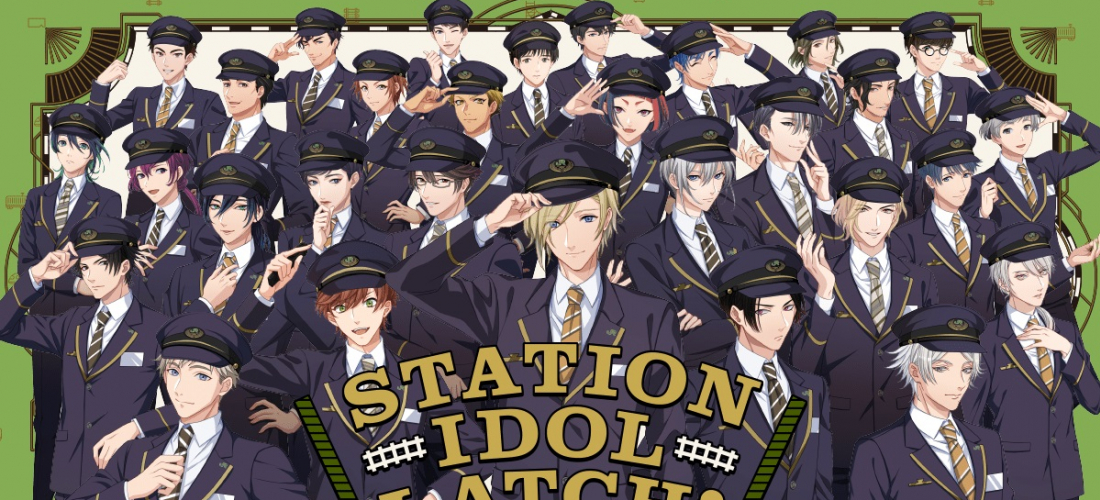
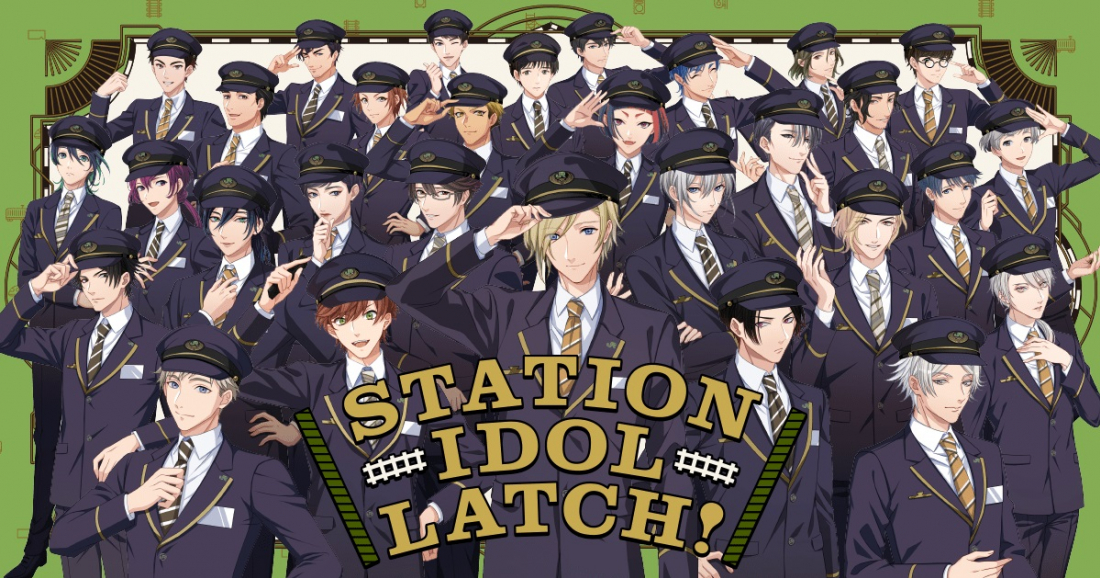
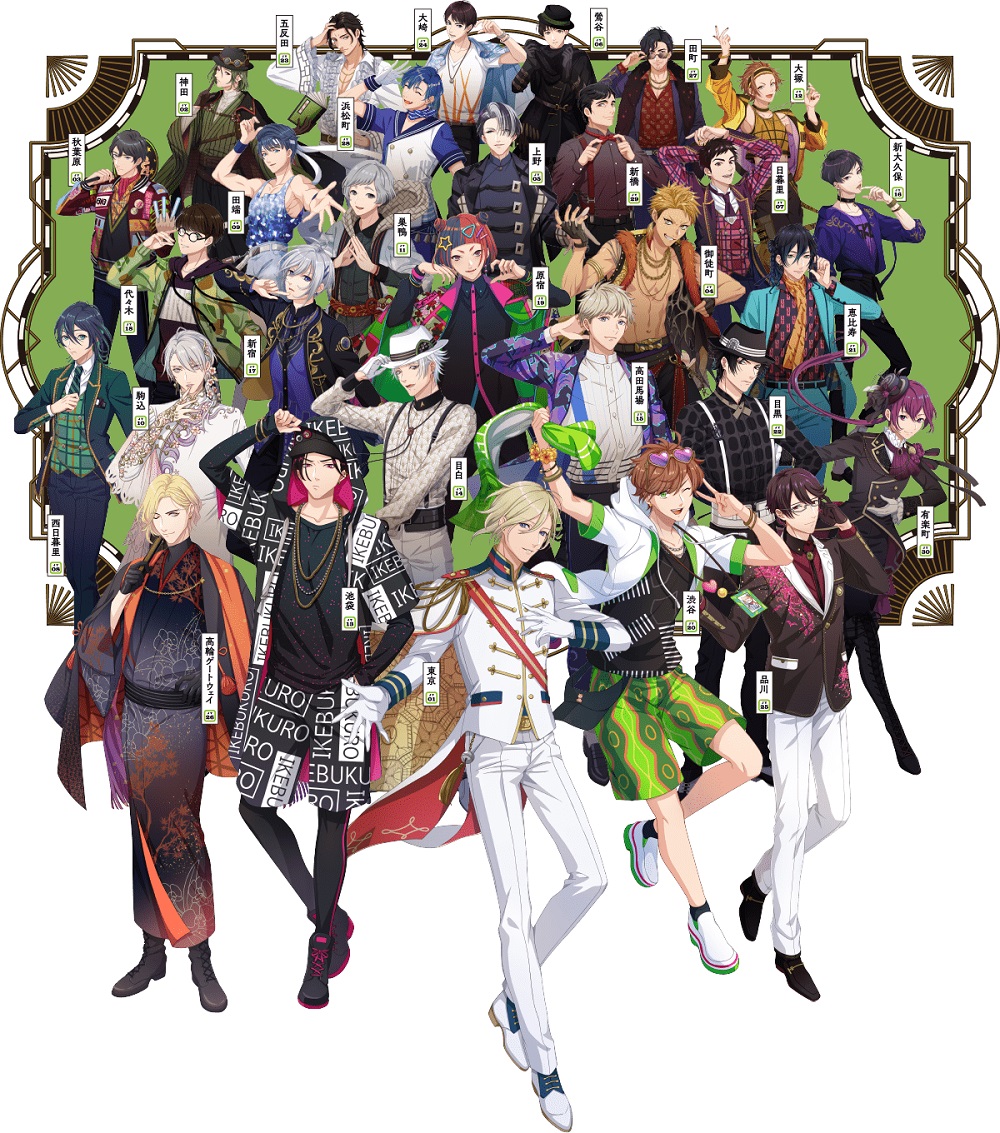
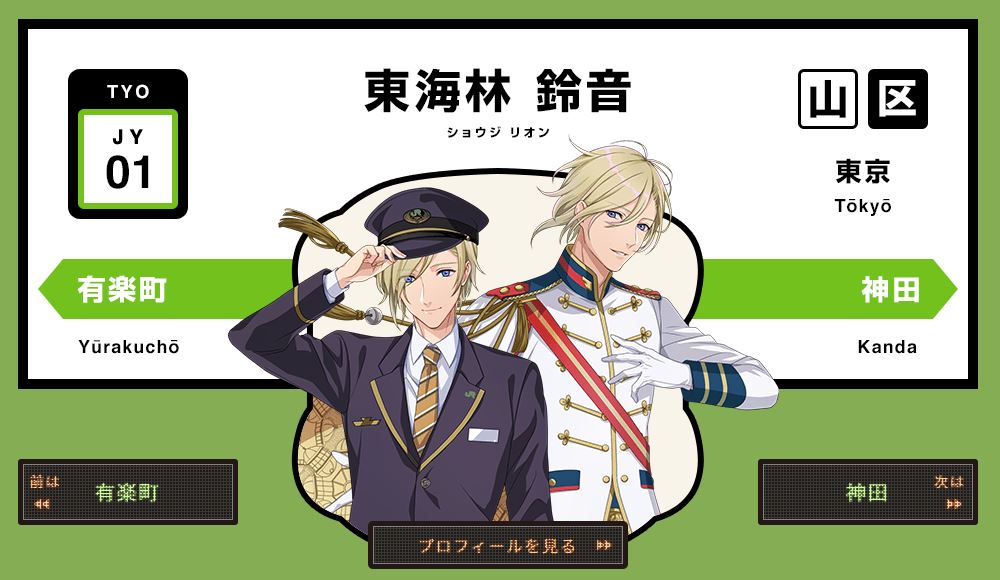
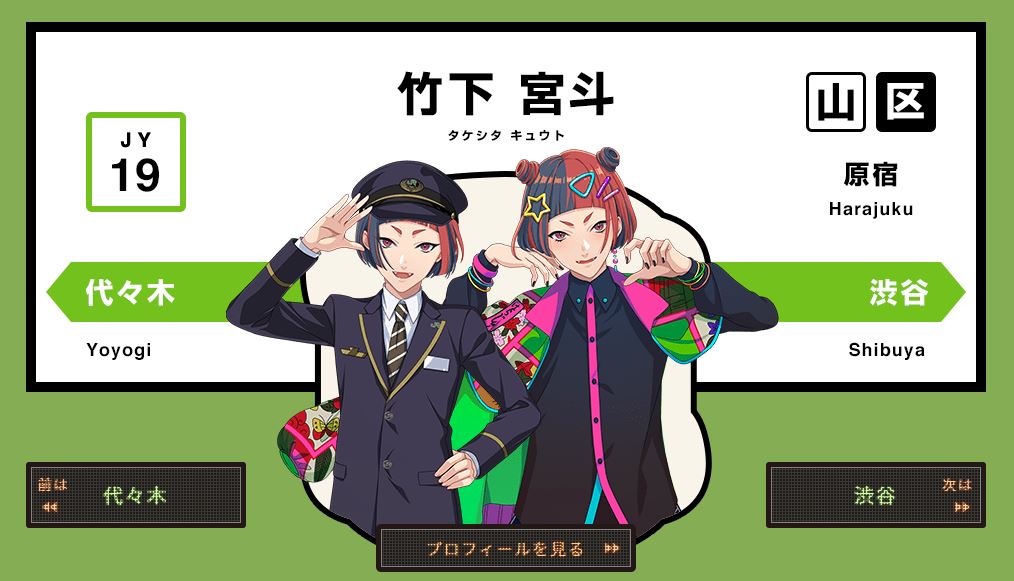
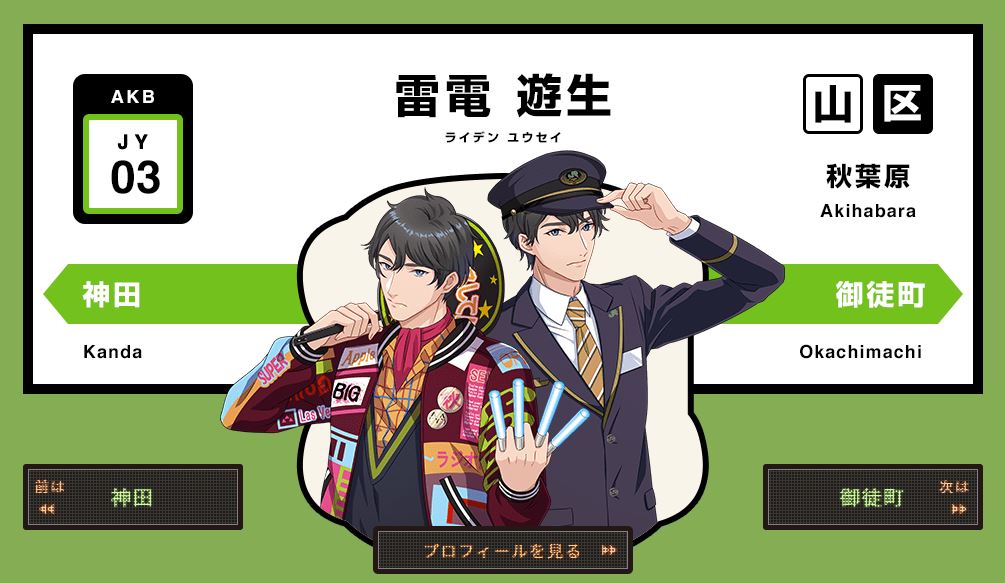
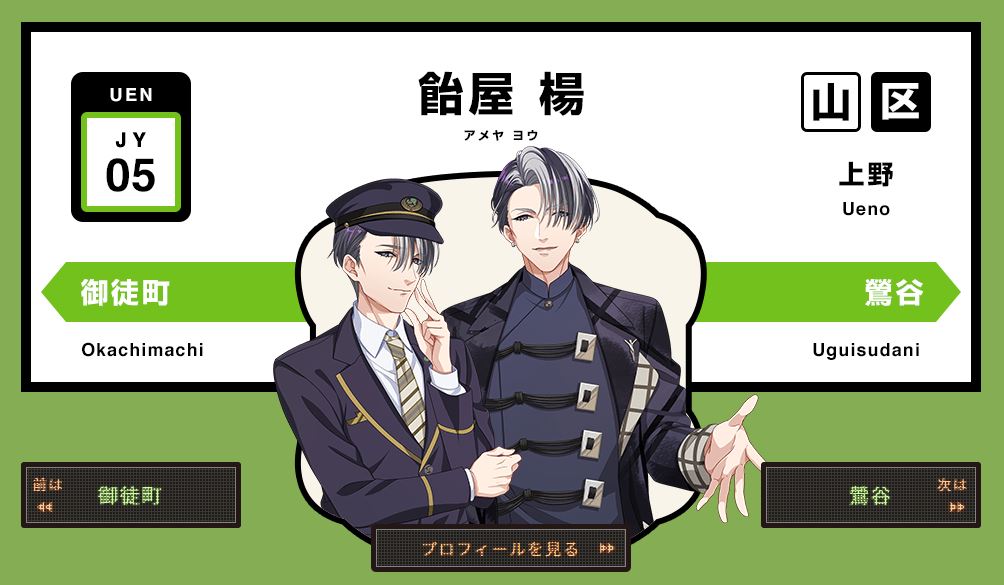
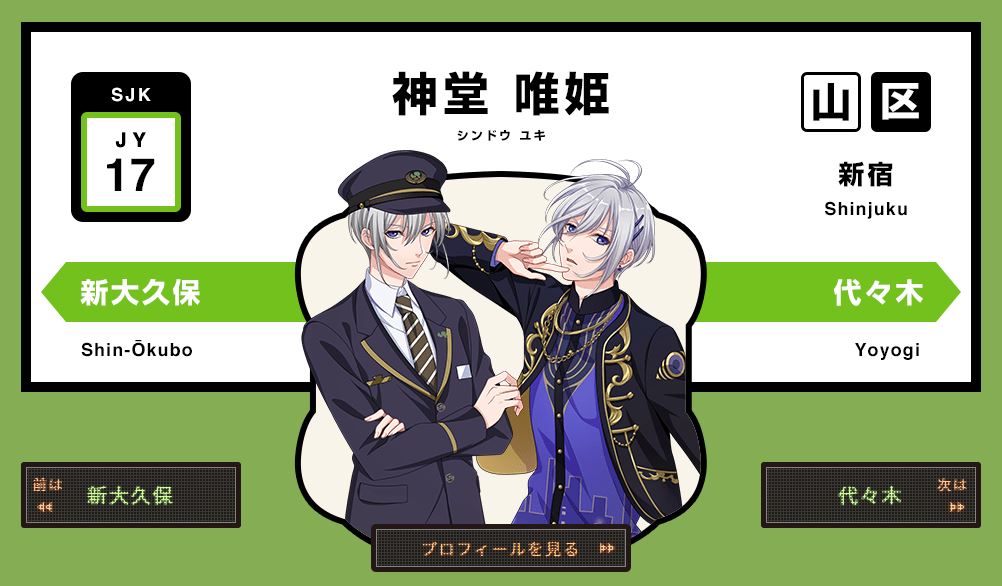
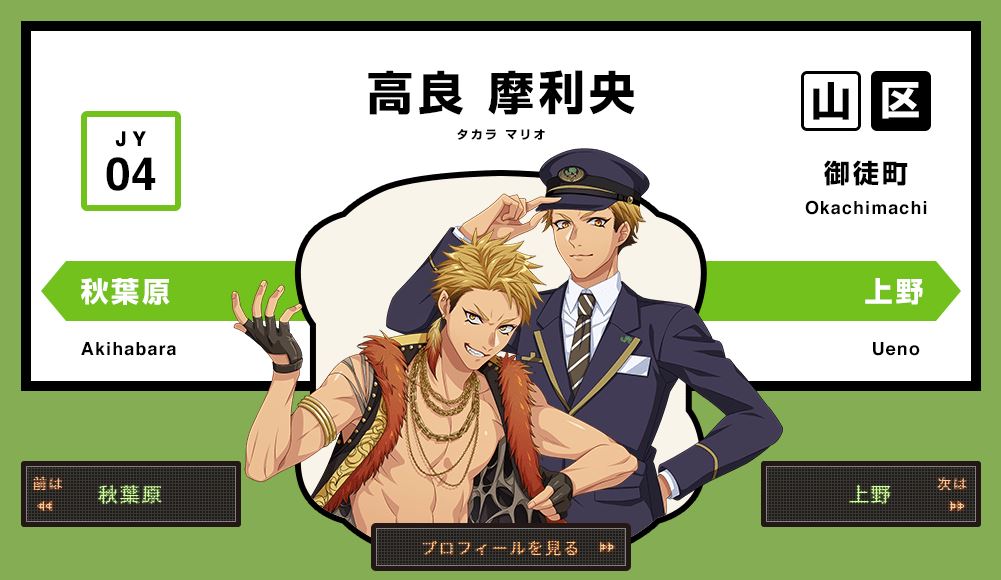
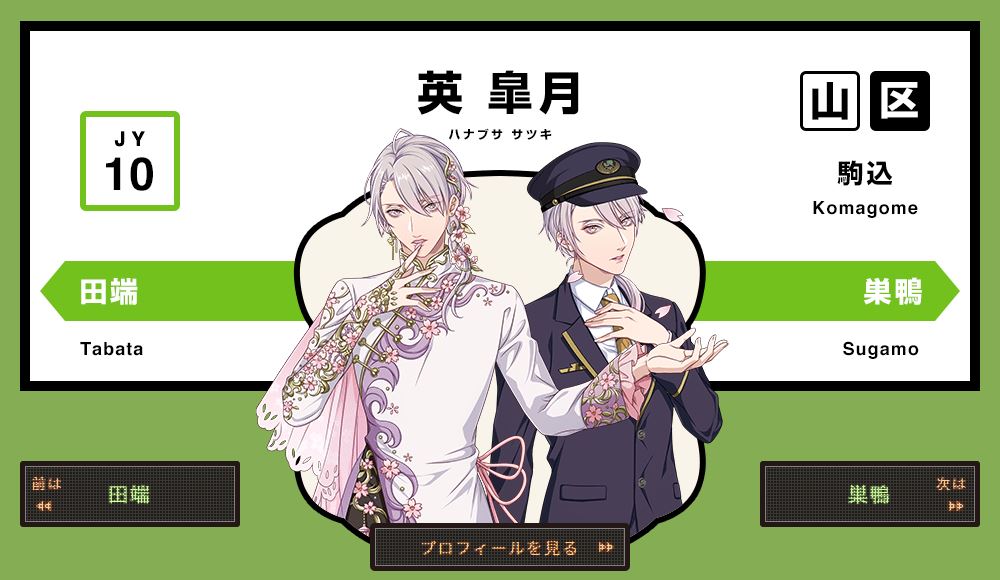
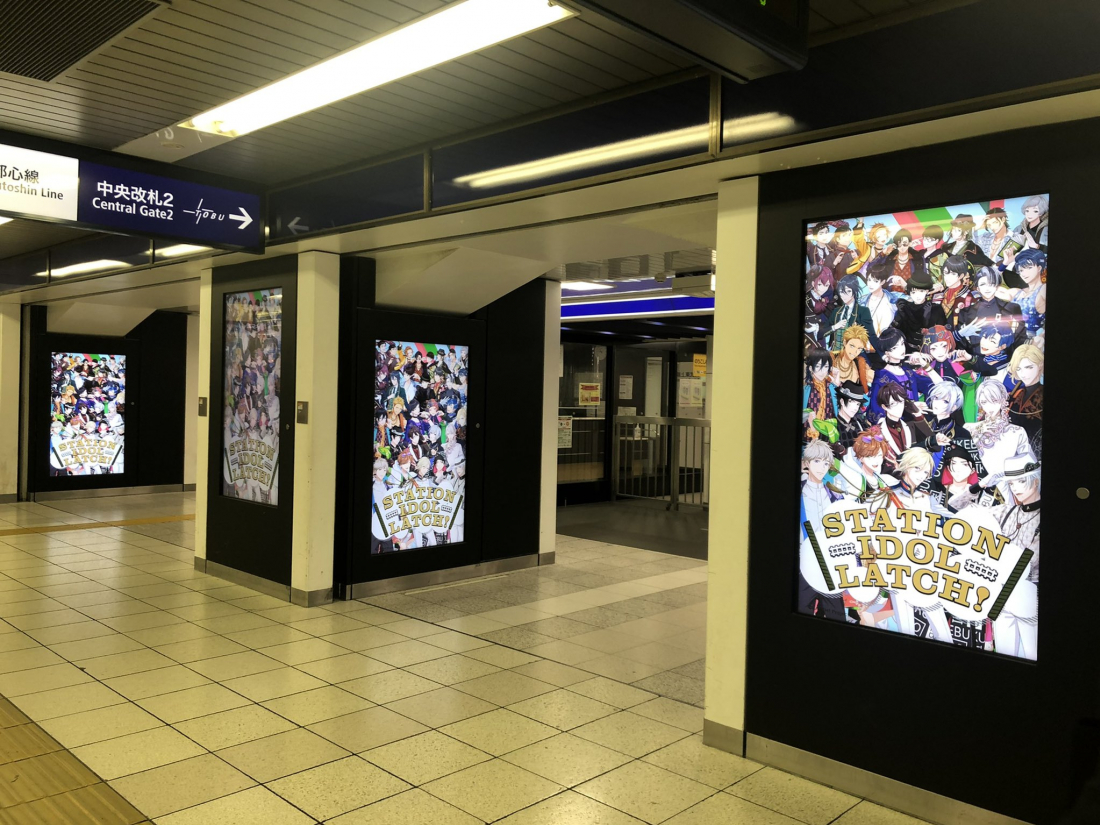
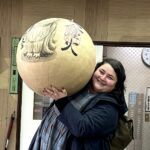



 >> Find out more at Japankuru.com! (link in bio)
#
>> Find out more at Japankuru.com! (link in bio)
#





 The Robot Restaurant is gone, but the Samurai Restaurant is here to take its place. Check it out, and don't forget your coupon!
The Robot Restaurant is gone, but the Samurai Restaurant is here to take its place. Check it out, and don't forget your coupon!
 신주쿠의 명소 로봇 레스토랑이 사무라이 레스토랑으로 부활! 절찬 쿠폰 발급중
신주쿠의 명소 로봇 레스토랑이 사무라이 레스토랑으로 부활! 절찬 쿠폰 발급중
 18歲以上才能入場的歌舞秀,和你想的不一樣!拿好優惠券去看看~
#tokyo #shinjuku #samurairestaurant #robotrestaurant #tokyotrip #도쿄여행 #신주쿠 #사무라이레스토랑 #이색체험 #할인이벤트 #歌舞伎町 #東京景點 #武士餐廳 #日本表演 #日本文化體驗 #japankuru #japantrip #japantravel #japanlovers #japan_of_insta
18歲以上才能入場的歌舞秀,和你想的不一樣!拿好優惠券去看看~
#tokyo #shinjuku #samurairestaurant #robotrestaurant #tokyotrip #도쿄여행 #신주쿠 #사무라이레스토랑 #이색체험 #할인이벤트 #歌舞伎町 #東京景點 #武士餐廳 #日本表演 #日本文化體驗 #japankuru #japantrip #japantravel #japanlovers #japan_of_insta
 코지마 x 빅 카메라 쿠폰으로 일본 가전 제품 쇼핑하기
#pr #japankuru #japanshopping #kojima #biccamera #japaneseskincare #yaman #dji #osmopocket3 #skincaredevice #日本購物 #美容儀 #相機 #雅萌 #日本家電 #일본여행 #면세 #여행꿀팁 #일본쇼핑리스트 #쿠폰 #일본쇼핑 #일본브랜드 #할인 #코지마 #빅카메라 #japankurucoupon
코지마 x 빅 카메라 쿠폰으로 일본 가전 제품 쇼핑하기
#pr #japankuru #japanshopping #kojima #biccamera #japaneseskincare #yaman #dji #osmopocket3 #skincaredevice #日本購物 #美容儀 #相機 #雅萌 #日本家電 #일본여행 #면세 #여행꿀팁 #일본쇼핑리스트 #쿠폰 #일본쇼핑 #일본브랜드 #할인 #코지마 #빅카메라 #japankurucoupon










































